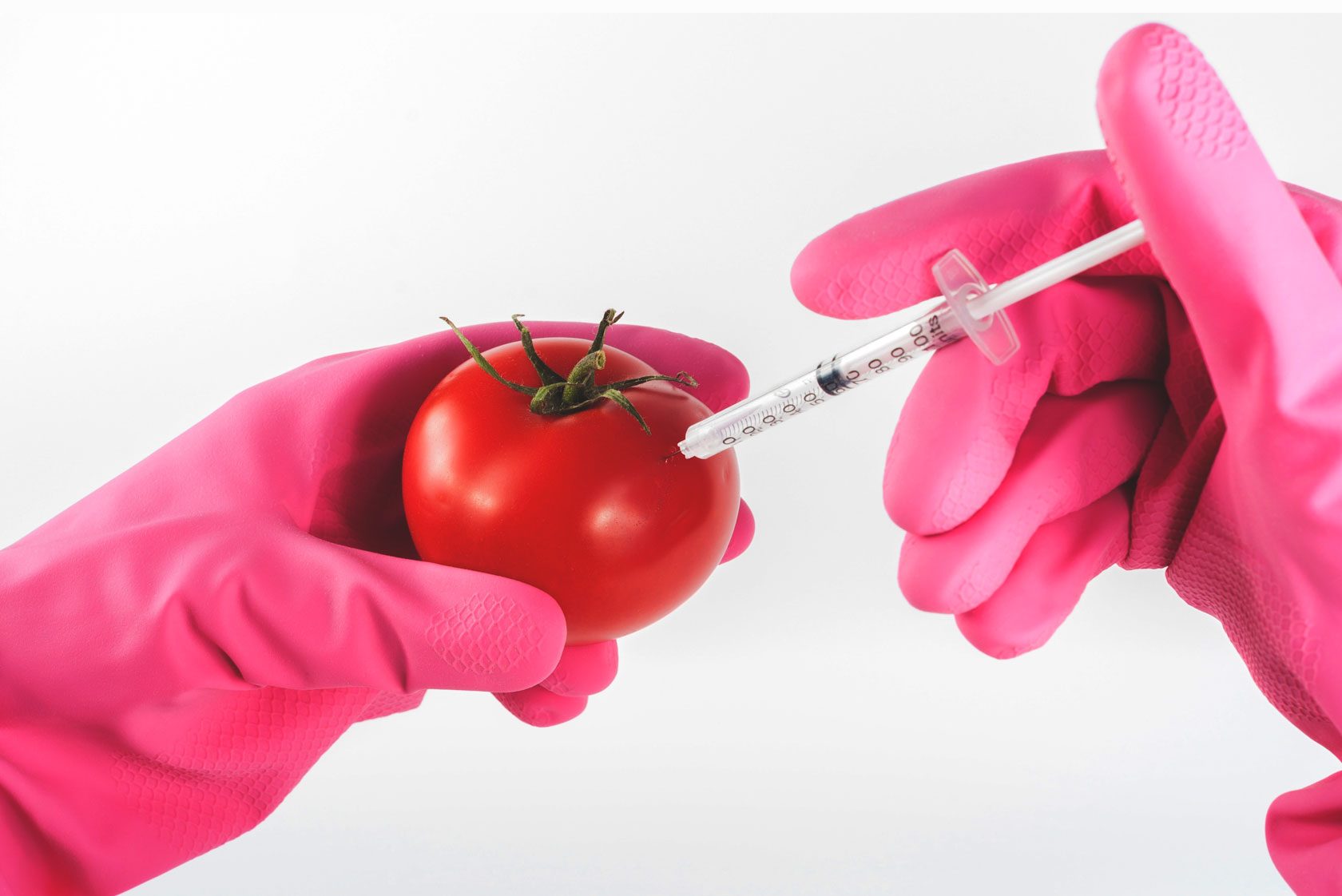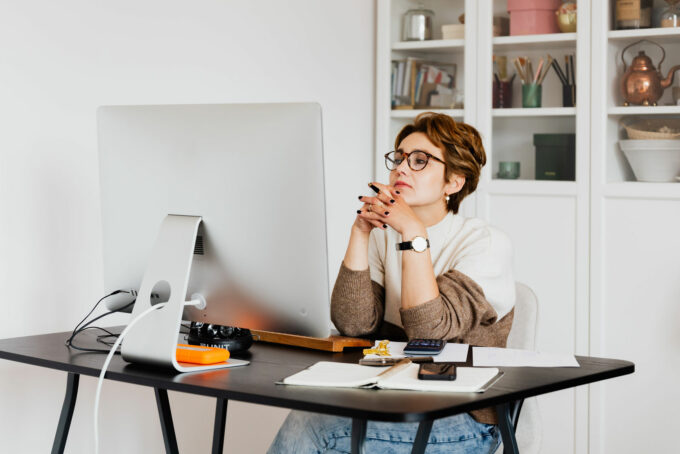
Real-World Laboratories: Research Infrastructures for Open Innovation and Citizen Science
Increasingly popular in recent years, real-world laboratories embody an ecosystem for open innovation and citizen science. Scientists at the Wuppertal Institute have looked into their prospects and are calling for long-term capacity development and the establishment of real-world laboratories as research infrastructures.
by Birgit Fingerle
Real-world laboratories or living labs have become increasingly beloved over the last five years. They create newly structured forms of cooperation between science- and society-based actors – as well as open space for research, learning and design in which new ideas can be thought through, experienced and tested. Usually, they refer to a specific geographical area such as a city or a city district. Real-world laboratories transfer the laboratory concept from the natural sciences to the analysis of societal and political processes. They also present a research concept. Their focus is placed on mutual learning in an experimental environment.
In Germany, real-world laboratory projects have already been launched on a wide variety of topics such as sustainable development, urban development, renewable energy supply, and sharing. Real-world laboratories are often set up as part of third-party funded projects. The prevalent dynamics in the field of real-world laboratory research are also evident in the current series of funding programmes at the state and federal level. Baden-Württemberg is the first federal state to broadly support real-world laboratories. Real-world laboratories are also strengthened by network structures such as the newly created Real-World Laboratories for Sustainability Network (link in German language) from the Karlsruhe Institute of Technology, the Wuppertal Institute, the Leuphana University of Lüneburg and the Ecological Research Network (Ecornet).
How can real-world laboratories continue to flourish?
In its position paper “In Brief – Reallabore – Perspektiven für ein Forschungsformat im Aufwind” (PDF) (“Real-World Laboratories – Prospects for a Research Format That’s Gaining Traction” – link in German language), they focus on three themes. One of them concerns reflecting on the core characteristics of real-world laboratories.
Skip to PDF contentOpen innovation and citizen science in real-world laboratories
Ideally, the following process steps are carried out in a real-world laboratory and as part of the real-world experiments performed within it – often several times over, and in a flexible sequence:
- Co-Design: Transdisciplinary teams from science and practice are formed. They jointly agree on an identifiable problem, apply a thematic and spatial restriction, analyse the system and generate ideas for interventions (real-world experiments).
- Co-Produktion: Ideas for intervention are decided upon and implemented; reflection and follow-up of the interventions being implemented take place in a cyclical manner, and interim results are applied in practice where appropriate.
- Co-Evaluation: Co-evaluation: Concrete results are recorded, jointly interpreted and transferred into science and practice.
Real-world laboratories thus represent an ecosystem for implementing open innovation. At the same time, open innovation of scientific methods takes place within them. In this respect, real-world laboratories also provide a practical format for practicing citizen science.
More capacities required
According to the authors from the Wuppertal Institute, additional capacity-building measures in the scientific system are necessary to establish real-world laboratory research. Methodological standards, quality assurance procedures, and training and qualification measures (“Real-World Laboratory Academy”) are thus needed for both scientific- and practice-based actors. Therefore, in addition to the existing and emerging support lines, care should also be taken to build long-term capacities and to create funding conditions that allow for longer-term and more flexible support.
Real-world laboratories as research infrastructures
Real-world laboratories should also be established as research infrastructures: By building up resources on a long-term basis, the strength of the relationship and trust between scientific and non-scientific actors (which is important for research in real-world laboratories) could also be built up. It’s only through sustained resource development that long-term change processes can be initiated and supported in a meaningful and continuous manner in real-world laboratories. In addition to appropriate funding programmes, this requires the long-term commitment of scientific institutions (universities, non-university research institutions) that enter into long-term partnerships with real-world laboratories.
Further Informationen:
- Real-world laboratories are very trendy (link in German language)
- Real-World Laboratories – Prospects for a Research Format that’s Gaining Traction
- German Bundestag, Scientific Services: Documentation “Real-World Laboratories, Living Labs and Citizen Science – Projects in Europe” (PDF in German language)
- Regulatory Sandboxes – Testing Environments for Innovation and Regulation Information from the BMWI (Federal Ministry of Economics and Energy) on real-world laboratories
- Real-world laboratories as test rooms for innovation and regulation – A guide for administrations and companies
- Real-world laboratories in the context of transformative research: Starting points for conception and embedding in international research (link in German language)
View Comments

Interview: Open Access Preprints Boost Article Citations and Mentions
What effects does submitting a journal article as preprint first have on its citation...



